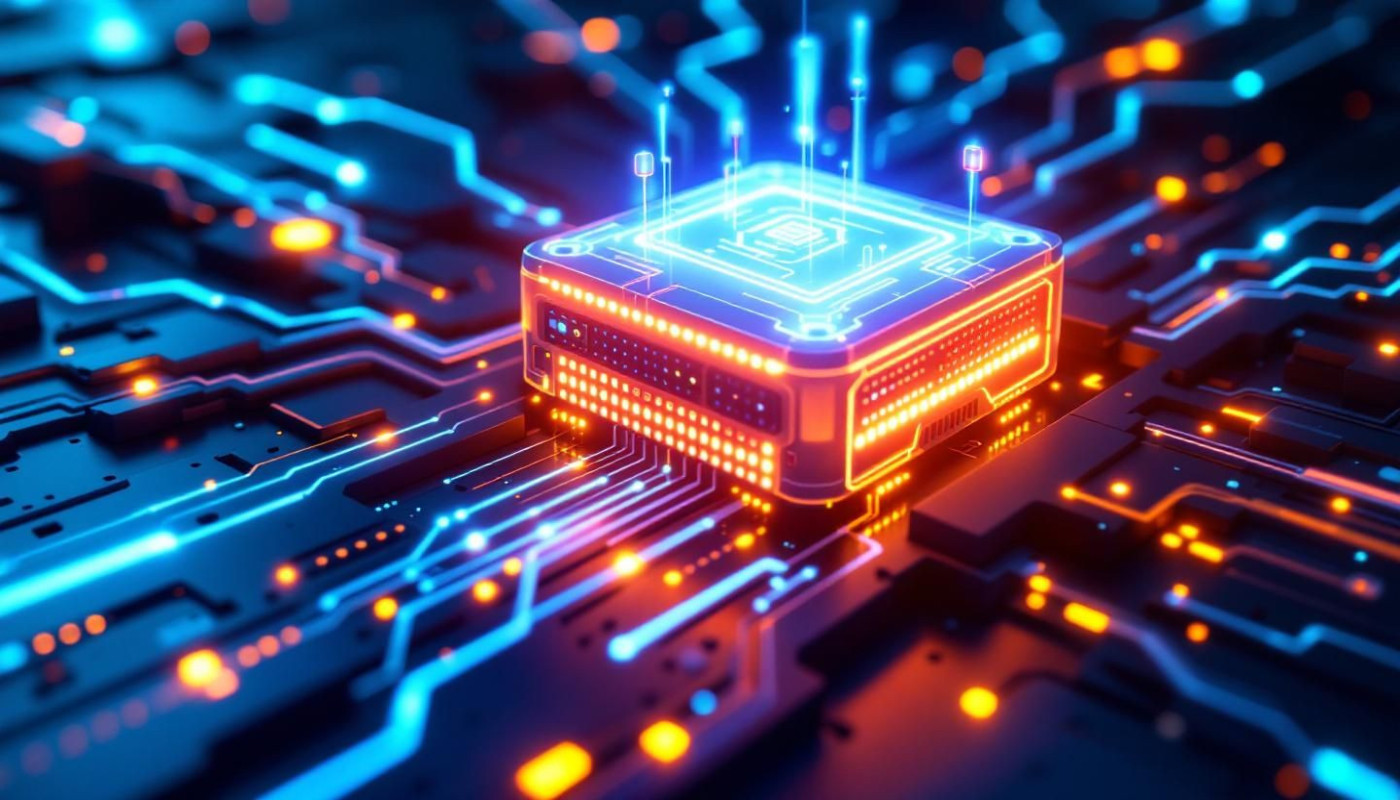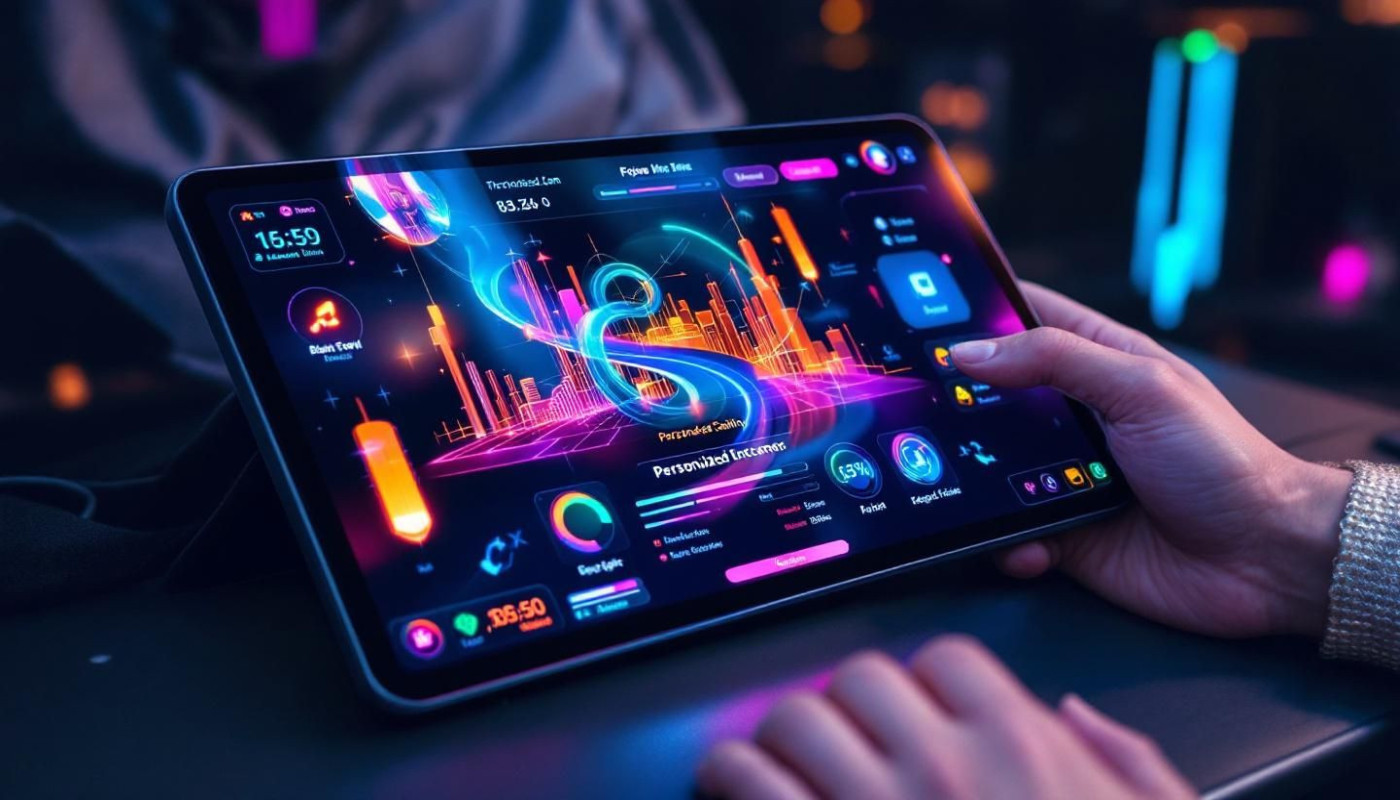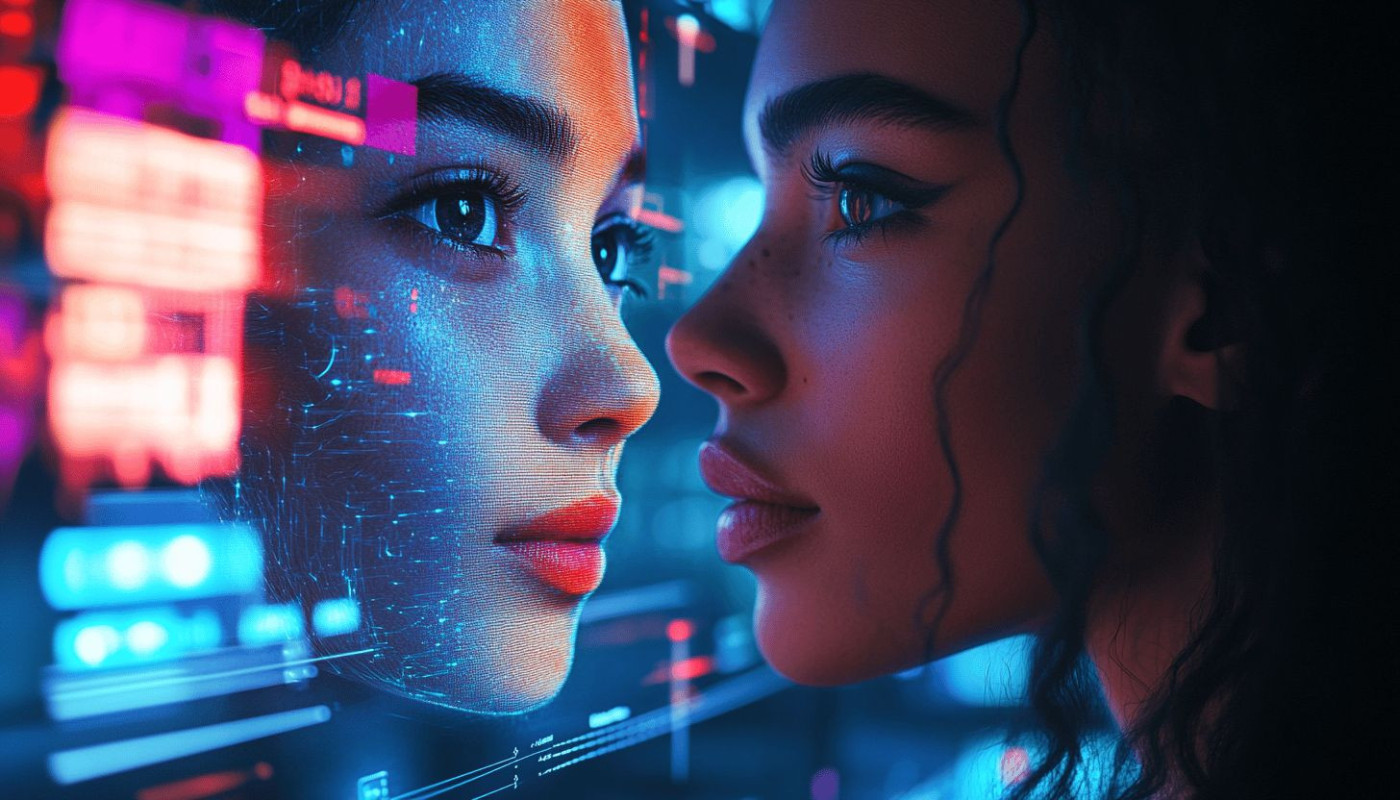Table of contents
Face swap technology is transforming the world of personalized art, offering innovative ways for individuals to see themselves in unique works. From lifelike portraits to imaginative digital compositions, this technology blurs the lines between creativity and reality. Explore how these advancements are shaping the future of art and discover the possibilities waiting just beyond the next click.
Understanding face swap algorithms
Face swap technology has transformed the process of creating personalized art by leveraging advanced machine learning and image processing methods. At the core of this innovation lies facial recognition, which enables algorithms to accurately identify and isolate facial features from digital images. The process typically begins with facial landmark detection, a technique that pinpoints key areas on the face such as the eyes, nose, and mouth. Once these landmarks are mapped, machine learning models analyze the spatial relationships and unique attributes of the face to ensure a realistic replacement. Feature mapping aligns the target and source faces, while sophisticated blending techniques merge textures, colors, and lighting conditions for seamless integration. As a result, personalized art generated through face swap technology delivers a lifelike and artistically compelling result. Online platforms like AI Headshot Generator exemplify how these innovations are making custom digital art accessible and visually stunning for a wide audience interested in creative self-expression.
Personalization in digital portraits
Face swap technology is reshaping the landscape of custom portraits by allowing artists and consumers to create highly personalized artwork that reflects individual preferences and identities. With digital art tools incorporating face swap technology, users can see their own likeness seamlessly integrated into famous paintings or unique compositions—often enhanced by style transfer techniques that blend a person’s features with various artistic styles. This personalization trend has seen widespread adoption in gifting, as custom portraits are now popular choices for birthdays, anniversaries, and special occasions, offering recipients a unique and memorable piece. In home décor, personalized artwork featuring family members or beloved pets is becoming a staple, transforming living spaces with digital art that carries sentimental value. Online content creators are leveraging these advancements as well, using face swap technology to craft engaging visuals and avatars for social media, streaming, and marketing campaigns. This surge in personalized artwork is not only driving fresh art trends but also expanding creative possibilities for both artists and consumers, making digital art more accessible and meaningful than ever before.
Ethical considerations and privacy
Face swap technology in personalized art introduces complex ethical dimensions, particularly regarding face swap safety and privacy concerns. The manipulation of biometric data, which includes facial recognition features, demands careful attention to consent in digital art, ensuring individuals are fully informed and voluntarily participate before their likeness is used. Data protection becomes critical, as unauthorized access or misuse of biometric data can lead to identity theft or other security risks. Responsible use of this technology requires transparent policies, secure data storage, and explicit permissions that respect the boundaries of each individual depicted. According to digital ethics specialists, fostering ethical art practices means establishing clear guidelines and oversight that prioritize personal privacy and minimize potential harm, setting a standard for trust in the evolving landscape of digital creativity.
Creative opportunities for artists
Face swap software stands at the forefront of art innovation, transforming the landscape of digital creativity for modern artists. This creative technology allows practitioners to seamlessly blend portraits, fostering unprecedented methods of self-expression and collaborative projects that transcend traditional media. Through generative art, artists can explore identity, narrative, and emotion by reimagining faces and personas, often challenging societal norms and expectations. Noteworthy initiatives include virtual exhibitions where viewers interact with dynamic self-portraits, and collaborative platforms that invite global participation, resulting in rich, multifaceted artworks. These advancements empower artists to push the boundaries of creativity, ensuring that face swap technology remains a driving force in the evolution of contemporary art.
Future of personalized digital art
The future of art is experiencing a profound transformation as face swap advancements continue to evolve, powered by progress in artificial intelligence. AI art is not only automating creative processes but also enabling unprecedented levels of personalization. As technology integrates with augmented reality, users can expect immersive experiences where their own features seamlessly blend into digital masterpieces or interactive environments. Art technology trends suggest that face swap technology will enable creators and audiences to interact with digital works on a deeply personal level, allowing for customizations that reflect individual identities and emotions. These innovations are set to redefine how consumers engage with and appreciate visual culture, making personalized digital art a dynamic, participatory medium rather than a static product.
Similar











